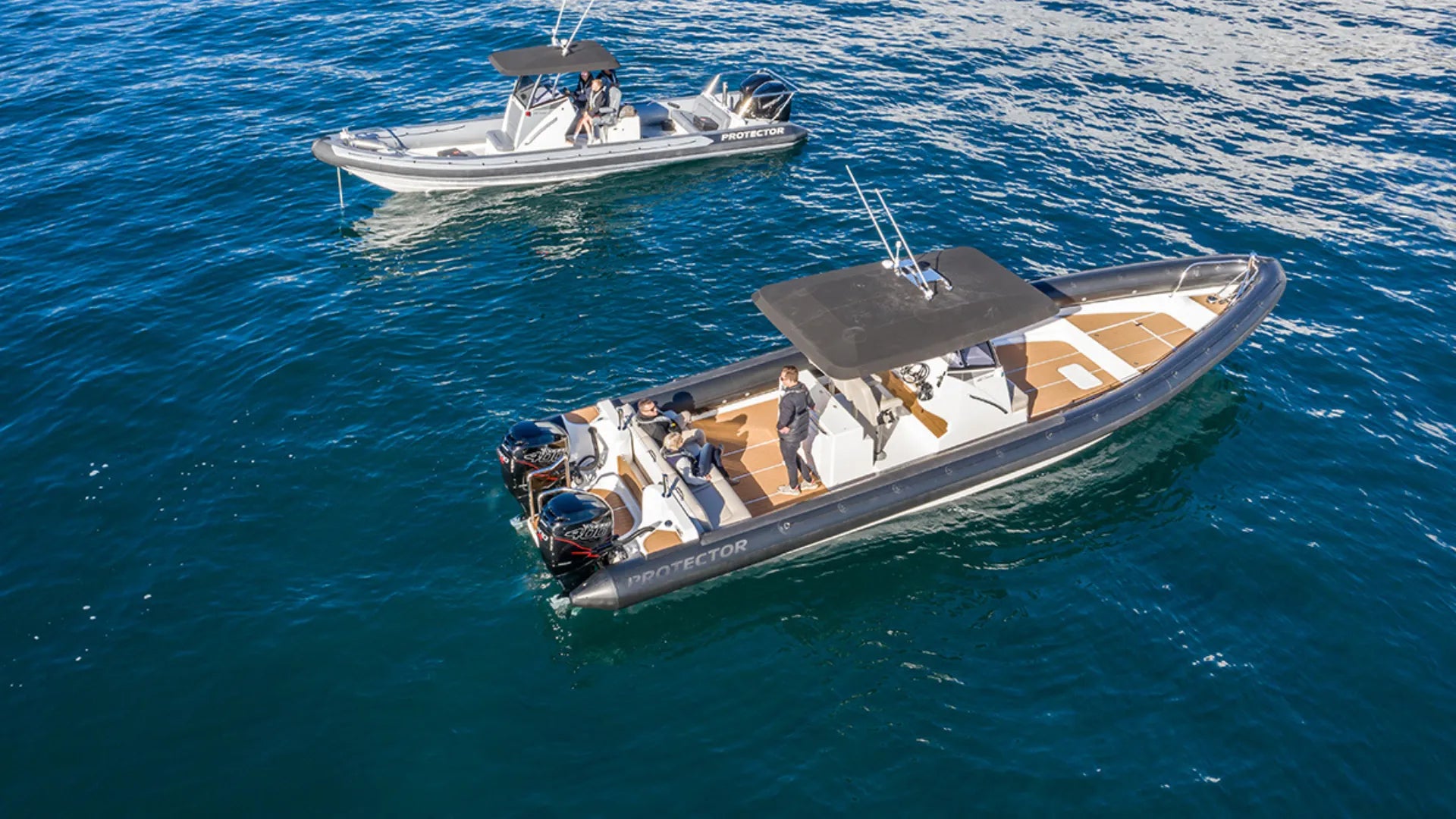The marine industry is moving toward a more sustainable and design-driven future. For 2025, the focus is clear: marine decking trends emphasize eco-friendly materials, durability, and modern aesthetics. Innovative solutions like EVA foam boat flooring are leading the shift, offering both environmental responsibility and cutting-edge design.
EVA Foam: The Eco-Friendly Marine Decking Choice
Among sustainable materials, EVA (Ethylene-Vinyl Acetate) foam marine decking stands out. It provides a balance of performance, comfort, and environmental responsibility.
Why EVA Fits Sustainable Boating
-
Non-toxic production: Increasingly manufactured with solvent-free processes, reducing harmful emissions.
-
Durability: Long-lasting EVA decks reduce replacement needs, lowering waste.
-
Closed-cell structure: Prevents water absorption, mold, and mildew, eliminating the need for harsh chemical cleaners.
-
Eco-conscious choice: Recyclable and low-maintenance, aligning with EU circular economy principles.
This makes EVA eco-friendly boat flooring an increasingly popular choice among environmentally conscious boaters.
Design Innovation: Style Meets Function
Today’s boat owners don’t have to choose between sustainability and style. Modern EVA foam decking combines both:
-
Wood-grain textures: Advanced manufacturing replicates teak or oak with realistic detail, offering a luxurious look without the maintenance.
-
Geometric patterns & custom logos: Laser-cut customization adds personalization and contemporary appeal.
-
Color variety: EVA decking is available in a wide range of tones to match yacht, pontoon, or fishing boat aesthetics.
With these options, EVA foam marine flooring delivers both premium style and practical benefits.
Market Insight: The Push for Green Marine Products
-
European Union: Regulations like REACH and consumer demand for certified eco-friendly products (e.g., EPDs, non-toxic certifications) drive adoption of sustainable EVA marine decking.
-
United States: Environmental awareness and demand for low-maintenance solutions fuel the market. Projects like ocean-bound plastic recycling resonate strongly, giving brands with transparent eco-marketing a competitive advantage.
Across both regions, demand for green marine flooring is surging, especially products that combine eco-credentials with innovative design.
Conclusion: The Future of Marine Decking
The marine decking trends of 2025 are defined by sustainability, longevity, and advanced aesthetics. EVA foam, along with composites, will continue to dominate because they:
-
Extend product lifecycle (reducing waste)
-
Require less maintenance compared to teak or PVC
-
Offer customization and luxury designs
-
Align with consumer values of eco-responsibility
For boat owners and builders, eco-friendly EVA foam boat flooring represents the perfect fusion of ecology, comfort, and modern design.
FAQs: Marine Decking Trends & EVA Foam
1. Why is EVA foam considered eco-friendly?
Because it is recyclable, non-toxic, long-lasting, and reduces the need for chemical cleaning.
2. Will EVA foam replace teak in the future?
While teak retains traditional appeal, EVA foam decking is already overtaking it due to sustainability and lower maintenance.
3. What are the top marine decking trends in 2025?
Eco-friendly materials, wood-grain aesthetics, geometric patterns, and laser-cut customization.
4. Which markets are driving demand for sustainable marine flooring?
The EU (regulation-driven) and the US (consumer-driven) are leading the global trend.
5. Is EVA foam marine flooring durable enough for commercial boats?
Yes. Commercial EVA flooring is engineered for heavy traffic, while recreational EVA suits yachts and pontoons.

Share:
Beyond Boats: Why EVA Foam is Ideal for Hot Tubs and Pools
Solving Slip and Shock: How EVA Boat Flooring Enhances Safety